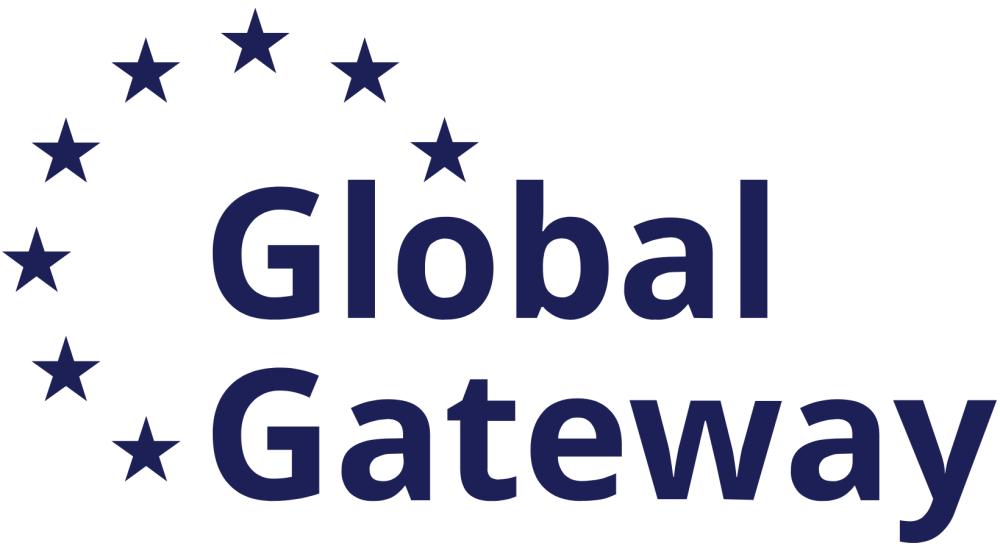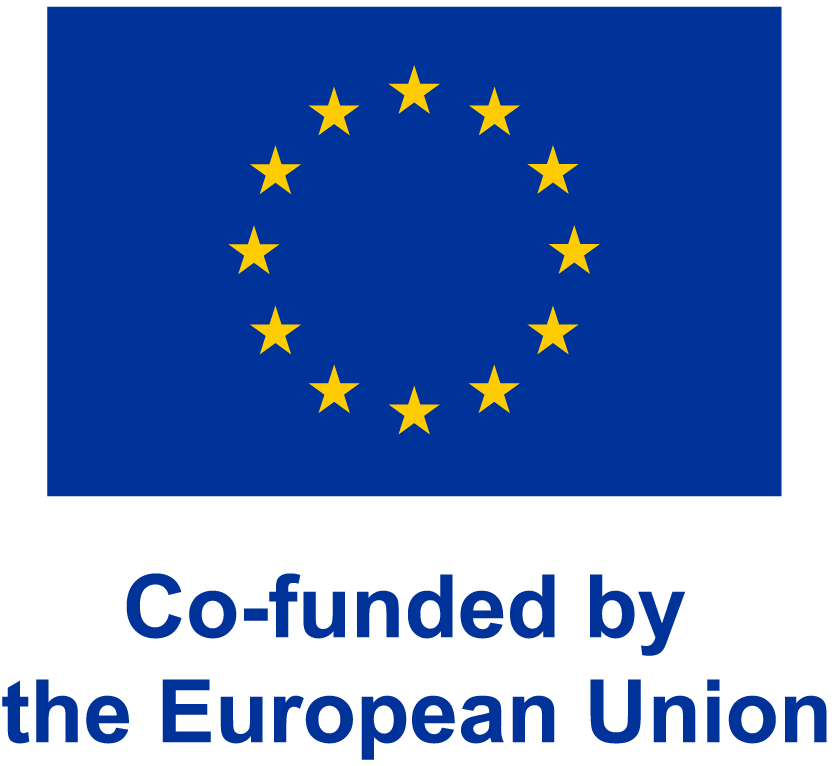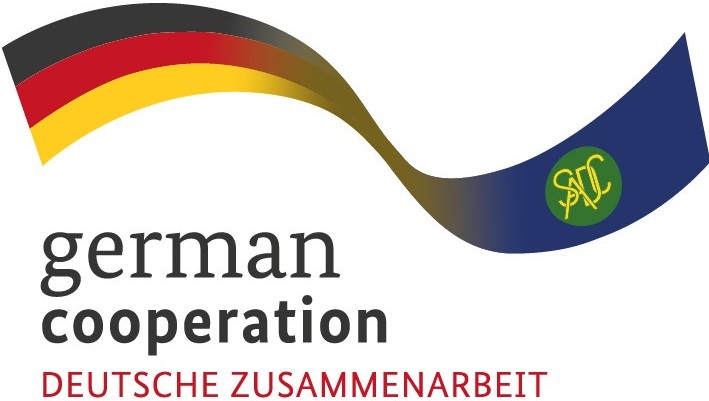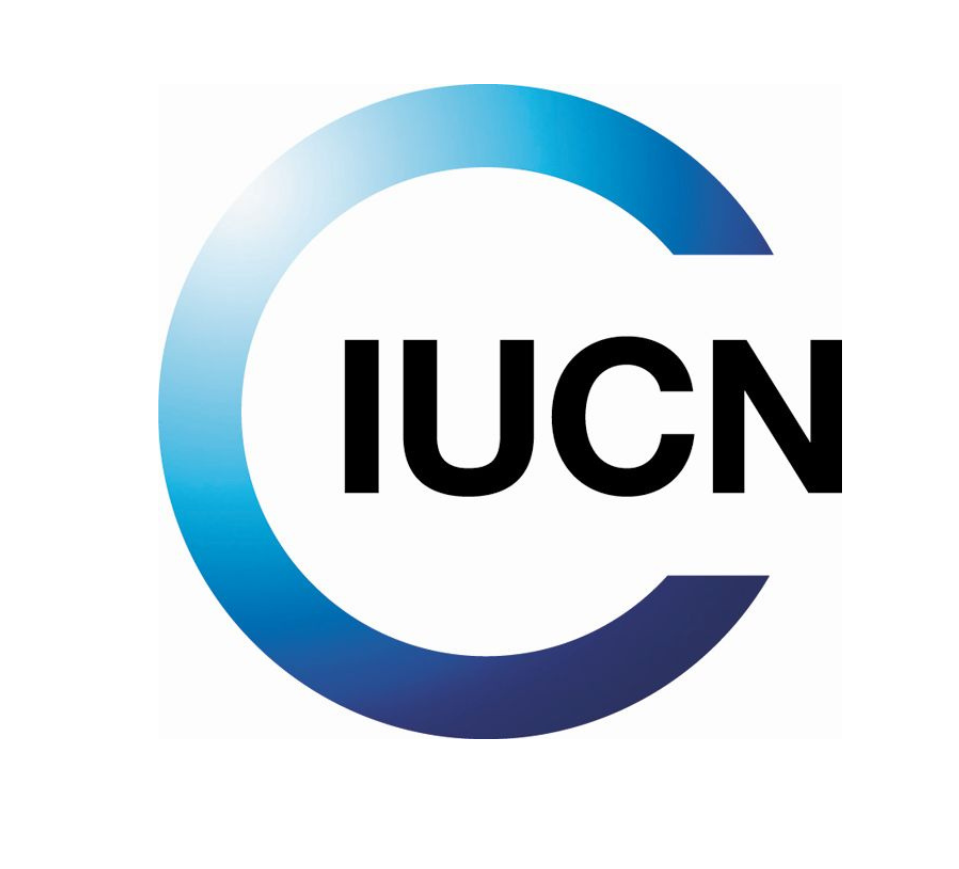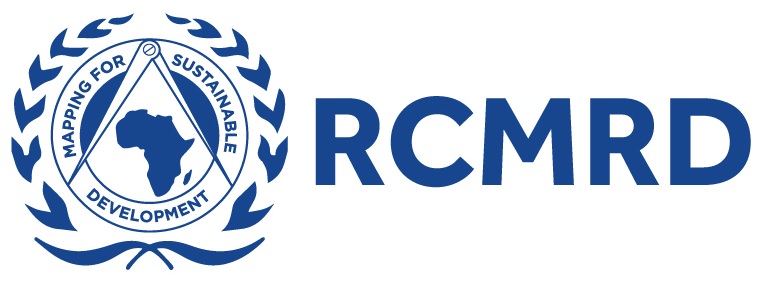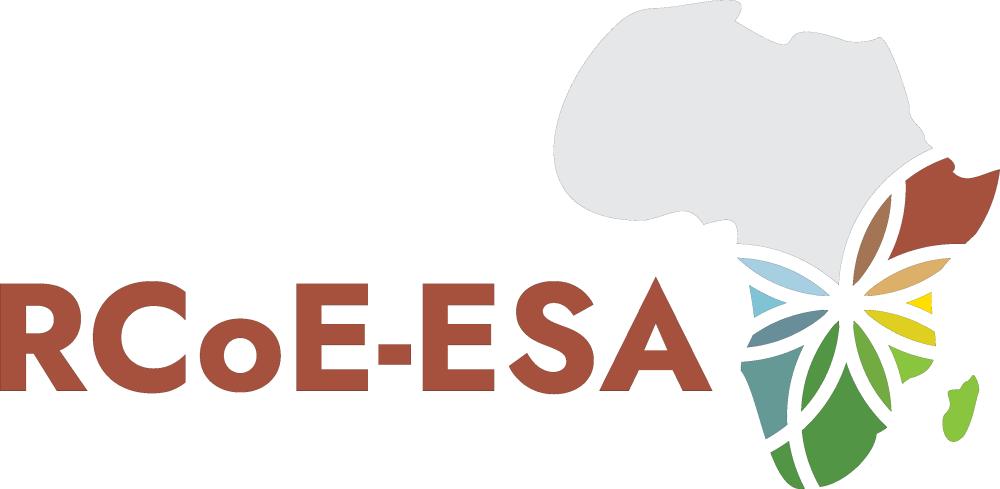 Translate
Translate
Resources
Southern African Wildlife College Hosts a SADC TFCA Peer-to-Peer Learning Exchange in the Great Limpopo TFCA
| Author: | SADC Secretariat, GIZ, SAWC, ALU-SOWC, AWEI |
| Language: | |
| Topic: | Meeting Report |
| Type: | Meeting Report |
| Last updated: | 29 September 2025 |
The Southern African Wildlife College (SAWC), in partnership with the African Leadership University – School of Wildlife Conservation (ALU-SOWC) and the African Wildlife Economy Institute (AWEI) of Stellenbosch University, hosted a SADC Transfrontier Conservation Area (TFCA) Peer-to-Peer Learning Exchange on Wildlife-Based Economy (WBE) and Livelihoods from 31 August to 6 September 2025 in the South African component of the Great Limpopo TFCA (GLTFCA).
The event was supported by the Joint Action NaturAfrica/Climate Resilience and Natural Resource Management (C-NRM) Programme—a partnership between SADC, the European Union, and the German Government, implemented by the Deutsche Gesellschaft für Internationale Zusammenarbeit (GIZ).
The 5-day exchange convened 25 participants (11 women and 13 men) from 12 TFCAs across the SADC region, representing communities, government agencies, NGOs, academia, and the private sector. The programme sought to unlock the potential of wildlife economies as drivers of livelihood improvement, regional prosperity, and sustainable development
Background: The SADC Wildlife-Based Economy
SADC, a Regional Economic Community of 16 Member States, enshrines sustainable natural resource utilisation in its Treaty (1992). Under the Regional Indicative Strategic Development Plan (RISDP 2020–2030), sustainable biodiversity use is a core strategic priority.
The SADC Wildlife-Based Economy Strategic Framework (WBESF) defines WBE as using freshwater, marine, and terrestrial biodiversity as an economic asset to generate value while conserving ecosystems. It spans consumptive and non-consumptive uses, anchored in competitive, innovative, and sustainable value chains.
The sector already contributes an estimated USD 33.9 billion (2018) and USD 31.5 billion (2019) to the region’s GDP, with projections suggesting potential expansion to nearly USD 158 billion by 2032 if adequately invested in.
Strategic priorities of the WBESF include:
• Developing competitive, innovative value chains.
• Driving inclusive socio-economic growth, prioritising women, youth, and communities.
•Aligning governance and policy for cooperative implementation.
• Achieving global recognition for sustainable biodiversity-based economies.
This exchange was a practical demonstration of how these priorities can be advanced through peer learning, capacity-building, and joint action.
Exchange Highlights
The exchange combined plenary sessions, field immersions, and a Sustainable Finance Bootcamp:
• Community Enterprises: SANParks, Kruger 2 Canyons Biosphere Reserve (K2C), and the Timbavati Foundation showcased models linking conservation to livelihoods through eco-tourism, bioprospecting, meat processing, and leather value chains.
• Creative & Circular Economies: Partnerships with The Leather Alchemist and Kulani Collective illustrated how wildlife by-products can power creative industries and generate jobs for youth and women.
• Bioprospecting Innovations: The Baobab Foundation and African Caribbean Aloe Products highlighted how indigenous plants and cultural knowledge can be turned into sustainable export products while protecting biodiversity.
• Finance & Investment Readiness: The Sustainable Finance Coalition guided participants in developing bankable proposals, equipping them to secure long-term financing and move away from donor dependency.
Key Lessons Learned
Closing reflections emphasized that the Wildlife-Based Economy is a practical pathway for conservation, livelihoods, and regional integration
Participants highlighted:
• Community-driven approaches are central to success.
• Finance and partnerships are critical for scale.
• Capacity gaps remain in business planning, innovation, and investment readiness.
• Policy frameworks and safeguards (tenure, benefit-sharing, certification) must be strengthened.
• Mindset shift is needed—from donor dependency to viable, community-led enterprises with clear business models.
Way Forward
Looking ahead, SADC and partners agreed to build on the momentum by:
• Establishing a TFCA Community of Practice (CoP): A regional platform to exchange knowledge, support enterprises, and anchor WBE into SADC structures (via the WBE Technical Implementation Group).
• Designing a Practical WBE Community Model: Piloting scalable approaches that integrate conservation, enterprise development, finance, and benefit-sharing.
• Addressing Policy Gaps: Mapping and harmonising policies on land tenure, benefit-sharing, and market access to enable enterprise growth.
• Scaling Through Regional Projects: Leveraging facilities such as the SADC TFCA Financing Facility and linking to global mechanisms like biodiversity credits, PES, and carbon markets.
• Strengthening Partnerships: With GIZ, EU, academia, and the private sector to drive investment, training, and sustainability.
These steps will ensure that wildlife-based economies remain people-centered, innovative, and sustainable, while positioning Southern Africa as a global leader in biodiversity-based livelihoods and conservation-driven development.
Conclusion
The Peer-to-Peer Learning Exchange not only deepened understanding of wildlife-based enterprises but also charted a path forward for regional cooperation, enterprise development, and policy harmonisation. As SADC noted in its closing, this is “not the end of our journey, but the beginning of a stronger, more coordinated effort to unlock the potential of wildlife-based economies for conservation and livelihoods”



